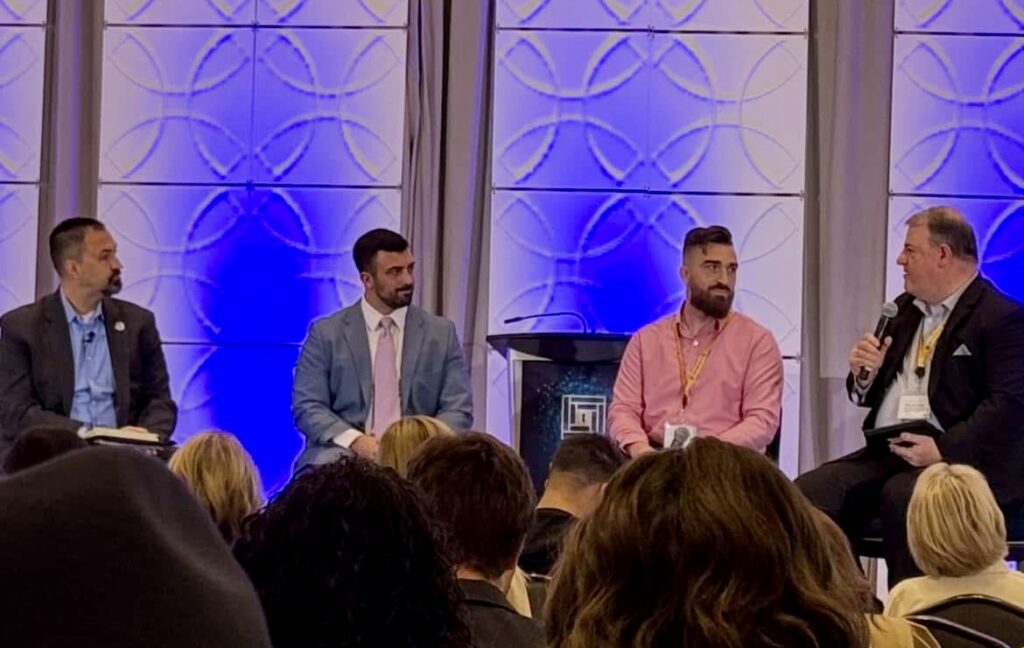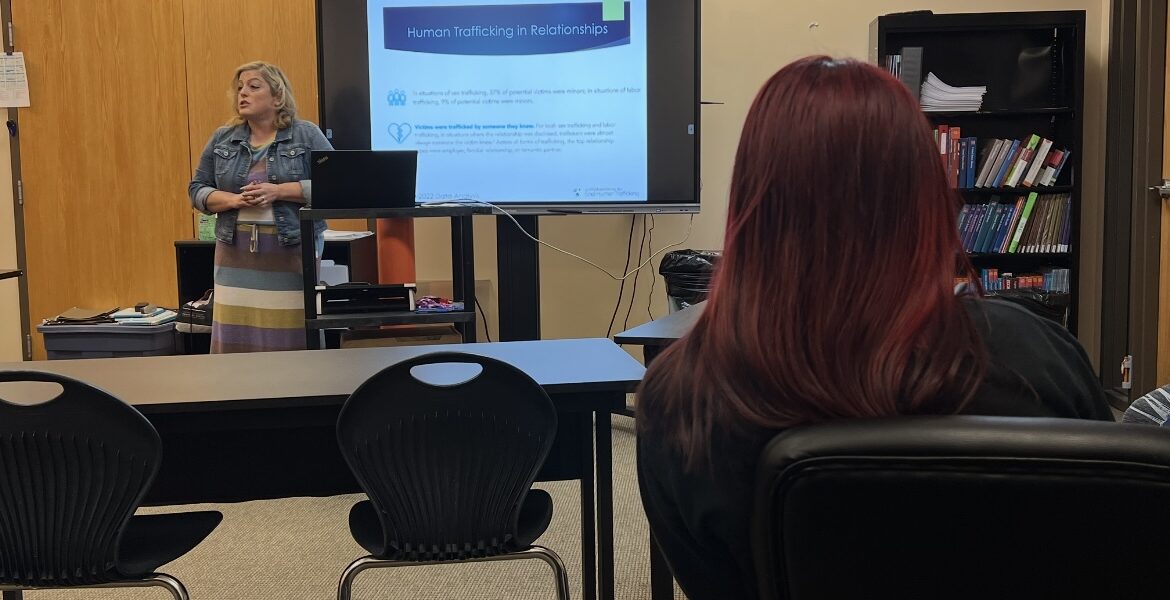Human trafficking doesn’t just happen to older teens or adults. Traffickers target vulnerability at any age—including children in grade school and middle school. That’s why schools, educators, counselors, and prevention programs can work together to build strong, protective networks that help keep kids in Cuyahoga County safe.
Across our region, a coordinated effort is growing to ensure students receive the education, support, and trusted relationships they need to recognize and avoid exploitation.
How Schools Are Responding
Schools have stepped up as essential partners in prevention—welcoming education programs into their classrooms and embedding this learning into student support systems. Many member organizations of Greater Cleveland’s Coordinated Response to Human Trafficking are working together to meet the growing demand from schools eager to be part of the solution.
Through the Collaborative and our partners, hundreds of educators and students have received age-appropriate, evidence-based trafficking prevention education. Teachers, counselors, and other trusted adults are learning how to recognize red flags, intervene early, and foster environments where students feel seen and supported.
As one educator shared, “Understanding the signs related to various traumas is essential to the work we do every day.”
Are you an educator, school leader, or community partner—or do you know of a school that wants to strengthen its trafficking prevention efforts?
We’re here to help with training, screening tools, and a roadmap for building a trauma-informed, prevention-ready school communities.
Contact Carolyn Arny, Director of Education & Training, at carny@collabtoendht.org to learn more or schedule a training with the Collaborative or one of our regional partners.
Survivor Services Are at Risk — Here’s How We Respond Together
Survivors of human trafficking need more than a way out—they need long-term support: safe housing, trauma-informed healthcare, legal advocacy, and recovery services that help them rebuild their lives.
But across Ohio and the nation, those services are under threat. Federal funding is shrinking, creating dangerous gaps in the safety net survivors rely on every day.
Collaborative Action at the State Level
In January, we brought together nearly 250 advocates at the Ohio Statehouse for the inaugural Human Trafficking Prevention Advocacy Day to elevate the urgent need for sustained funding.
On March 5, our President & CEO Kirsti Mouncey testified before the Ohio State Budget Committee, urging legislators to increase state investment in survivor services. Her message reflected the voices of hospitals, child welfare workers, courts, and community advocates who see the need every day.
Connecting the Dots: Systems, Data, and Survivors
As a backbone organization, the Collaborative brings together service providers, law enforcement, government agencies, and advocates from across Cuyahoga County to ensure a coordinated, survivor-centered response.
We’re also learning from leaders nationwide. At the Safe House Project’s Anti-Trafficking Alliance Conference this month, Eric Matheny, Chief Collaboration Officer joined moderator Bill Woolf (The Woolf Group), John Nehme (Allies Against Slavery), and Derek Jackson (CyberDive) to explore how data-driven decision-making can lead to enhanced outcomes and, ultimately, systemic change.

From left to right: Bill Woolf, John Helme, Derek Jackson and Eric Matheny at the Anti-Trafficking Alliance Conference
Key insights:
–Data improves prevention and victim services
–Survivor voices must inform how data is collected and used
–National trends help shape local strategies
We are applying these lessons at home. With guidance from systems-change expert Chris Thompson, we are building long-term strategies to improve how services are structured and funded in Northeast Ohio.
There are many meaningful ways you can support survivors and strengthen our community’s response to human trafficking, please begin by donating today.
Last modified: April 1, 2025

